Tennis elbow, also known as lateral epicondylitis, can be a severe health challenge, especially if unidentified at the early stages. In this article, we’ll guide you through the signs and indicators and explain how to know if you have tennis elbow.
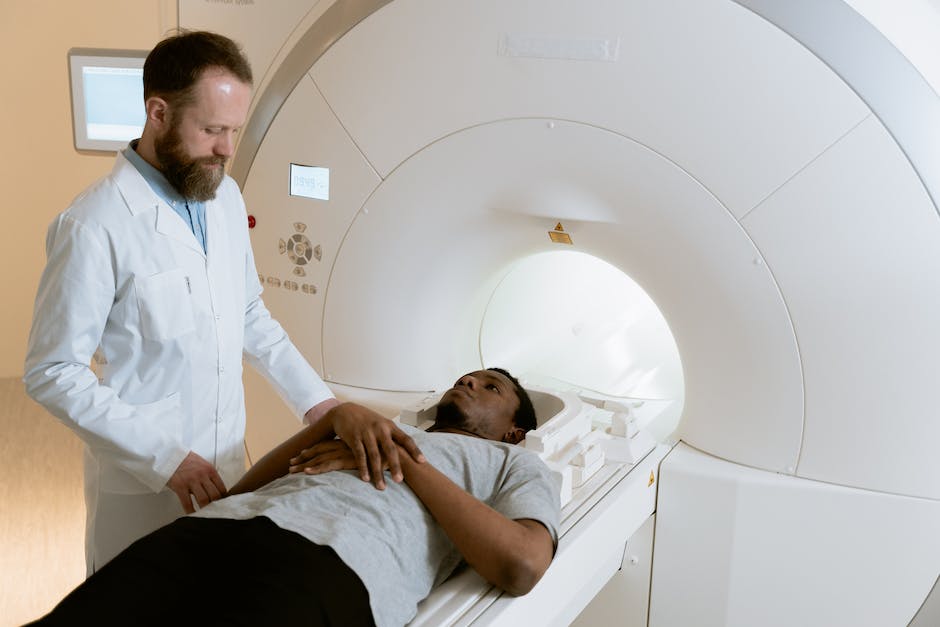
Noticing the Symptoms of Tennis Elbow
Primarily, discerning how to know if you have tennis elbow involves being conscious of the symptoms associated with the condition. The most common symptoms of tennis elbow include pain or burning on the outer part of your elbow and weak grip strength.
While many people associate this condition with playing sports, such as tennis, it can affect anyone involved in repetitive movement that strains the forearm muscles. Apart from those who play tennis, painters, plumbers, carpenters, and even people who frequently use a computer are at risk.
How Tennis Elbow Affects Your Range of Motion
If you think you may have this condition, pay attention to your range of motion. Another potential symptom is a difficulty with basic arm movements, such as lifting, typing, shaking hands, or even turning a doorknob.
Tennis elbow affects the forearm and wrist, reducing the capacity to flex or stretch your arm fully. Consequently, constant stiffness and discomfort in the forearm muscles or at the back of the hand are clear indicators to look out for.
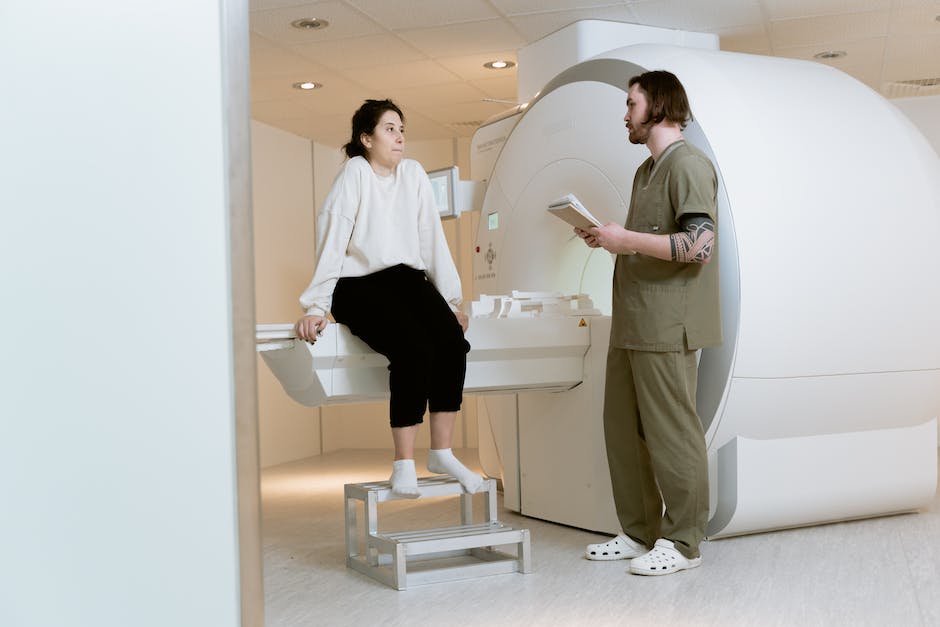
Physical Examination: Essential for Detecting Tennis Elbow
The typical method used by health professionals to determine how to know if you have tennis elbow involves a physical examination. This critical procedure often involves applying pressure to affected areas or asking the patient to move their arm in various ways.
Particularly, they palpate the elbow joint to detect soreness in the muscles and tendons in the elbow area. In some instances, they might ask you to hold your wrist or fingers in a specific position while they exert force to test for pain or weakness.
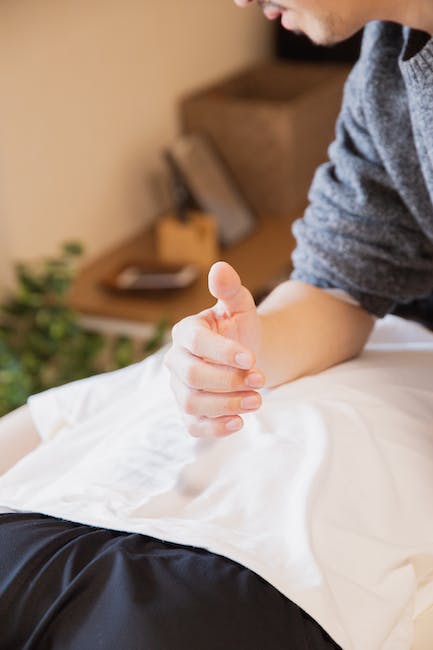
Ray or MRI: Vital for Confirming Tennis Elbow Diagnosis
In a case of tennis elbow that is not straightforward, doctors may need to perform a ray or MRI to rule out other possible conditions that could be causing the elbow pain.
These imaging tests offer a clear view of the bones and soft tissues of the elbow. They can reveal changes in the structure of bone, muscle, tendon, and blood vessels that could hint at possible tennis elbow.
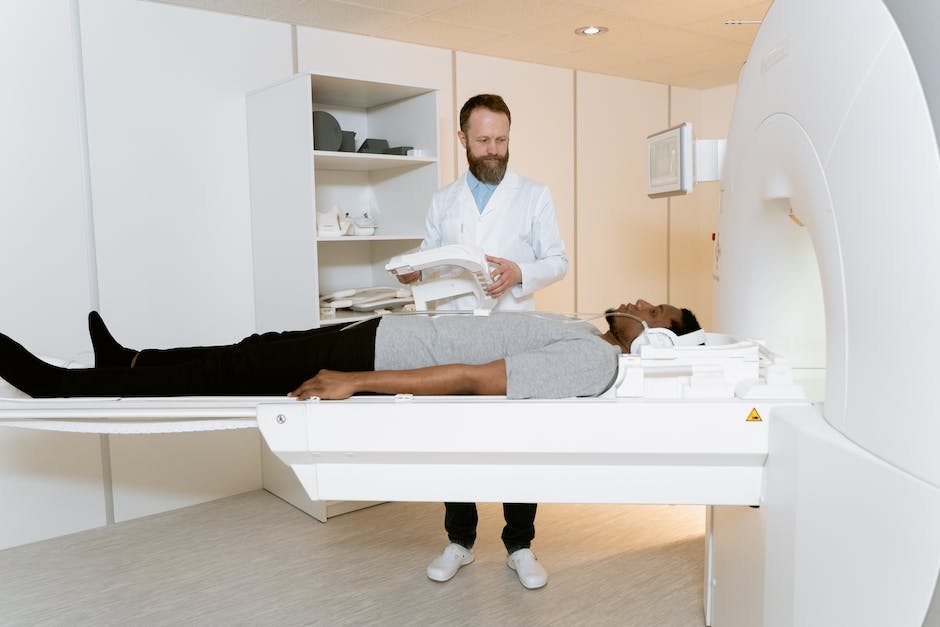
Understanding How Repetitive Movement Can Lead to Tennis Elbow
Perhaps you’ve wondered about what exactly could lead to tennis elbow. The root cause lies in repetitive movement, leading to tiny tears in the tendons that link the forearm muscles to the bony prominence at the outside of your elbow.
As the term implies, these types of movements are those performed over and over again – like swinging a tennis racquet.

How Electromyography (EMG) Helps in Diagnosing Tennis Elbow
To further determine the presence of this condition, an electromyography (EMG) test may be performed. This test measures electrical activity in the muscles and nerves. It is instrumental in evaluating muscular conditions and can provide valuable data about the muscles around the elbow.
The test can detect abnormalities in the muscles and tendons surrounding the elbow joint, thus confirming the presence of tennis elbow.
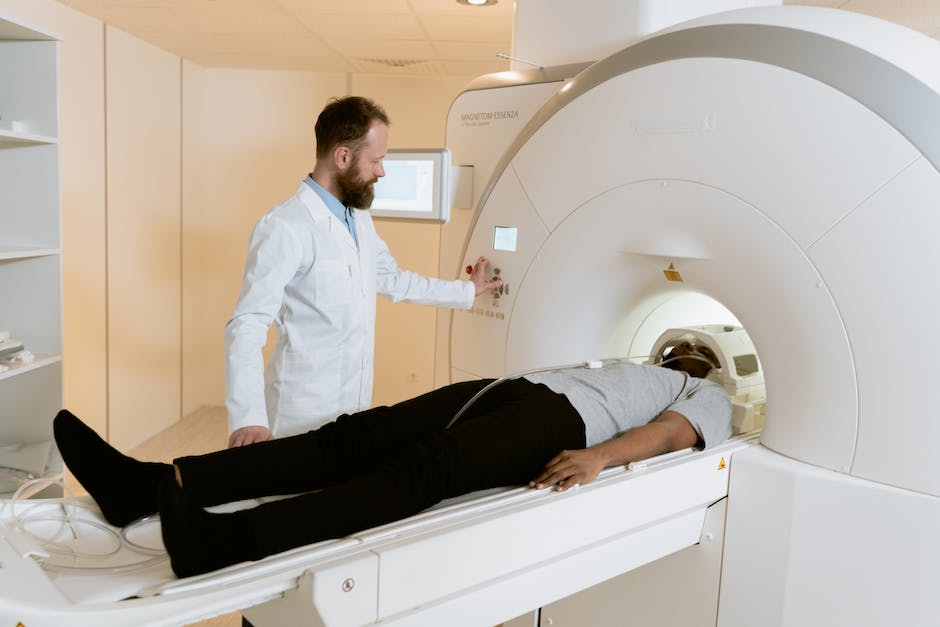
Addressing Tennis Elbow with Steroid Injections and Physical Therapy
One of the first-line treatments for relieving tennis elbow is steroid injections. These are envisioned to reduce pain and inflammation around the elbow joint, offering the patient temporary relief.
However, physical therapy often offers longer-term solutions. It typically involves exercises that stretch and strengthen the forearm muscles, helping to alleviate symptoms and prevent the recurrence of tennis elbow.
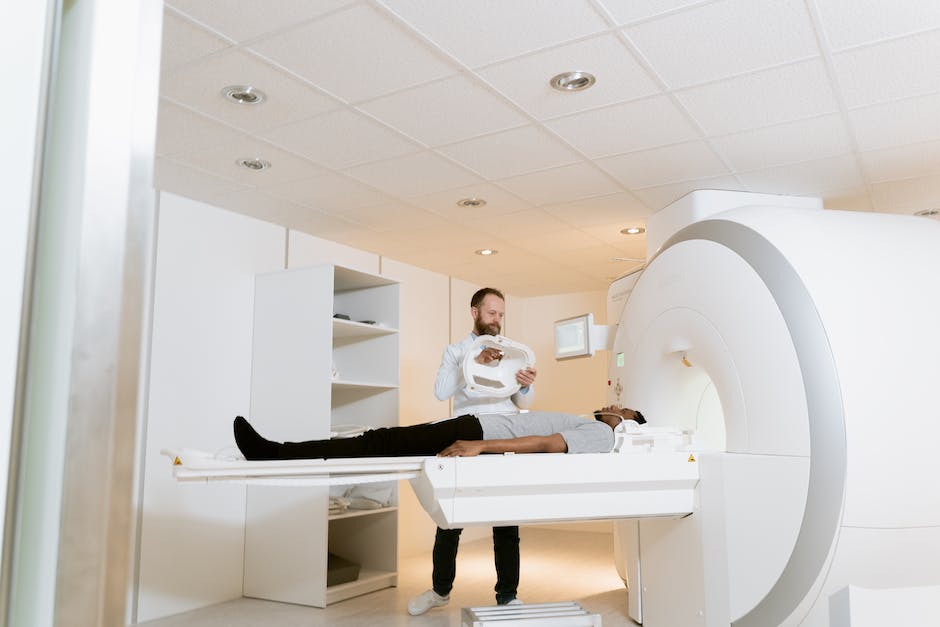
Tips to Prevent Tennis Elbow
A key part of managing this condition involves understanding how to prevent tennis elbow. Avoiding repetitive, forceful activities, ensuring regular breaks when participating in activities that involve similar arm movements, and wearing a counter force brace could help.
Specific exercises can also be recommended by a physical therapist to strengthen your forearm muscles, improve the range of motion, and help prevent future issues.
What’s the difference between Tennis Elbow and Golfer’s Elbow?
While both conditions are caused due to strain on the tendons and muscles around the elbow, tennis elbow occurs on the outside of the arm, while golfer’s elbow happens on the inside.
Is Tennis Elbow related to age?
Yes, tennis elbow is more common in people between the ages of 30 and 50. However, it can affect people of any age.
Can resting reduce the impact of Tennis Elbow?
Yes, rest can help to alleviate the pain and decrease inflammation in the early stages of tennis elbow.
Can you get Tennis Elbow from typing on a computer?
Yes, any repetitive motion involving bending and twisting wrist can lead to tennis elbow; even heavy computer users can experience these symptoms.
How is Tennis Elbow diagnosed?
A physical examination is generally sufficient for diagnosing tennis elbow. The doctor may ask about your medical history, work-related activities and evaluate pain level by applying pressure to the affected area.
Can steroid injections cure Tennis Elbow?
Steroid injections can help to reduce pain and inflammation, providing temporary relief. However, they are not considered a long-term cure. Physical therapy and lifestyle modifications are recommended alongside for better outcomes.
Can physical therapy reduce the recurrence of Tennis Elbow?
Yes, physical therapy is a critical part of the treatment plan because it helps strengthen the forearm muscles, potentially reducing the likelihood of a recurrence in the long run.
What are the common preventive measures for Tennis Elbow?
Some common preventive measures include avoiding repetitive arm movements, exercising to strengthen forearm muscles, taking breaks during strenuous activities, and using supportive equipment.
Does Tennis Elbow affect both arms?
Although tennis elbow typically affects the dominant arm, it can occur in both arms if you engage them in repetitive activities.
Will the pain from Tennis Elbow go away on its own?
In some cases, tennis elbow can resolve on its own without treatment over time. However, without proper care and changes in activity, symptoms can worsen and become chronic.





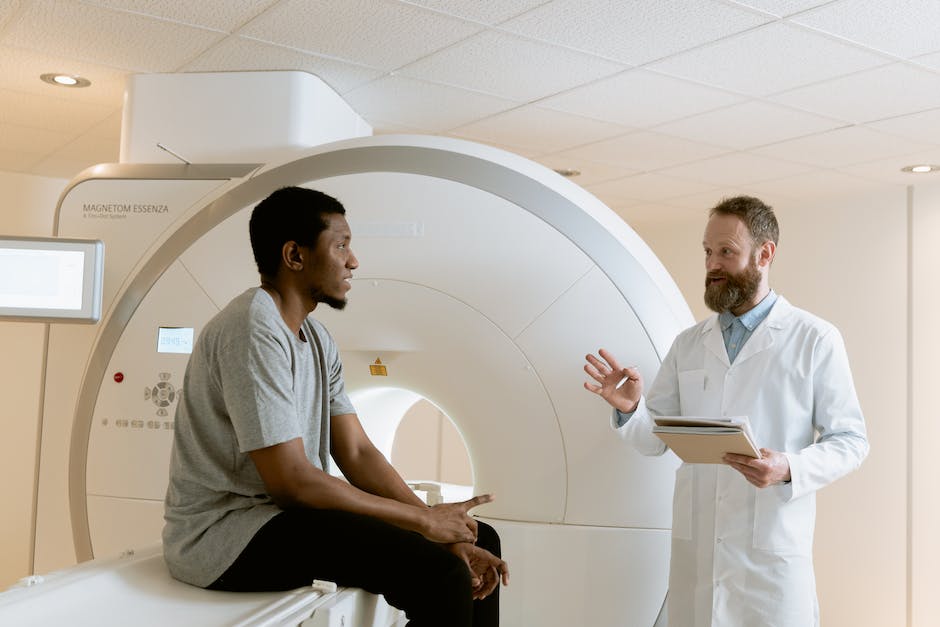

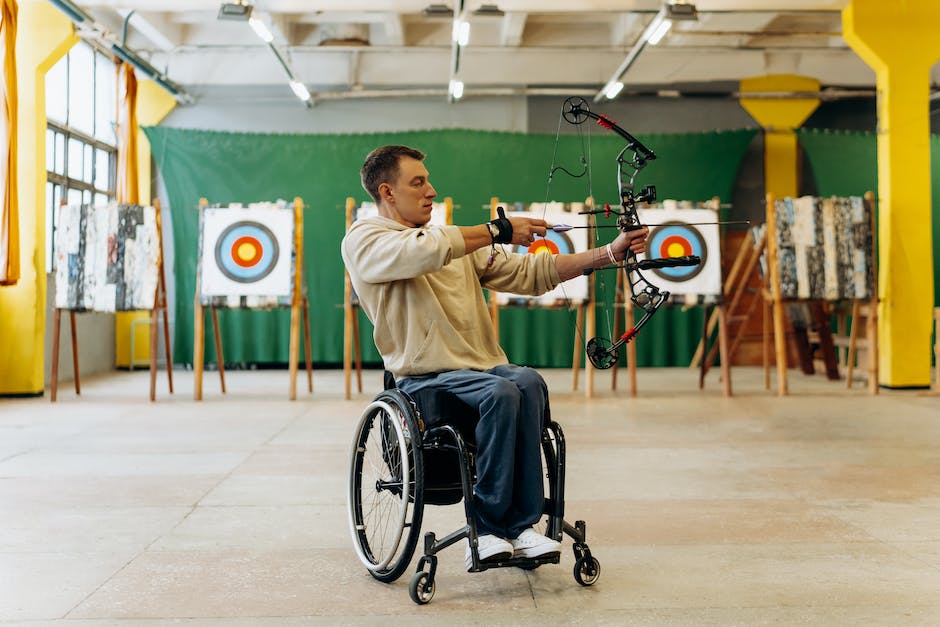
No Comment! Be the first one.